Why Every Podcaster Wears Headphones: From Sound Quality to Professionalism
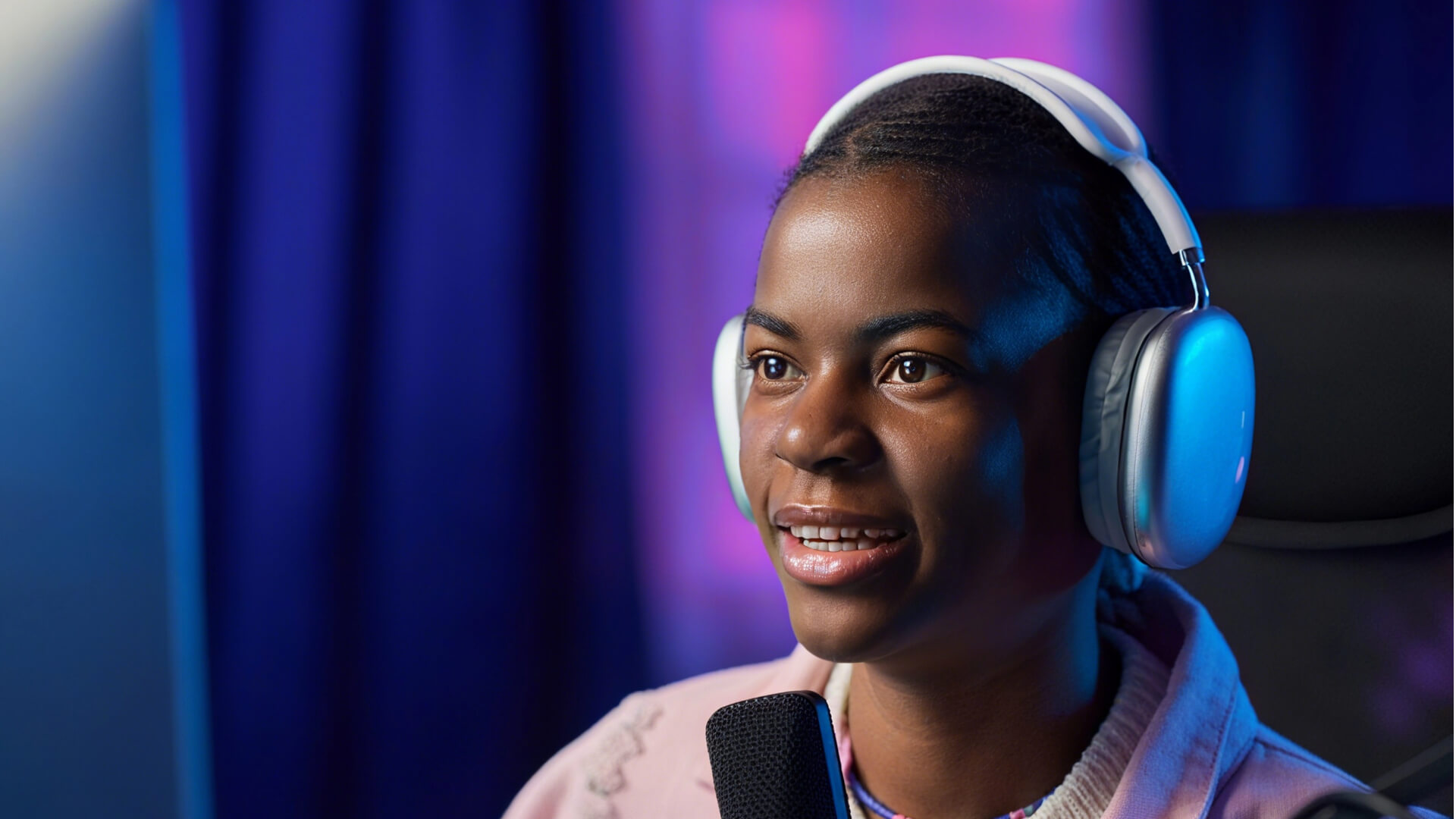
Have you ever wondered why podcasters always wear headphones while recording? It’s not just a style choice—it plays a big role in creating a great podcast. In this article, I’ll walk you through why headphones matter so much in podcasting and how they help improve the quality of every episode.
1. Hear Your True Voice
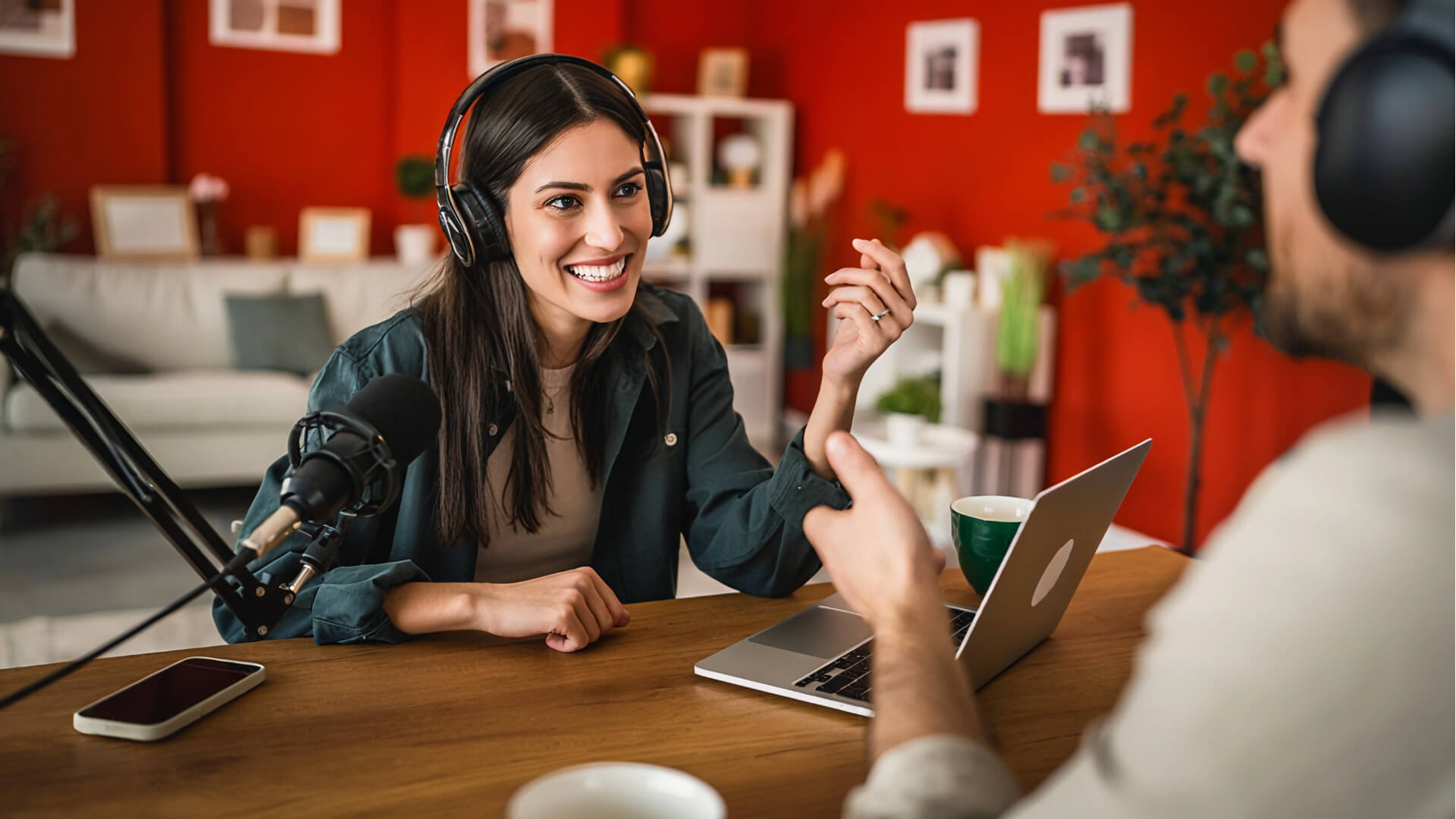
Have you ever noticed that your voice sounds very different in a recording compared to what you hear when you speak? That’s because when you talk, you hear yourself through bone conduction. But your listeners only hear the sound that travels through the air—the real version of your voice.
Headphones let you hear your voice exactly as your audience will hear it. With this feedback, you can adjust your tone, pitch, and pronunciation in real time. For example, radio hosts and professional voice actors always monitor themselves through headphones for this reason—it helps them sound polished and confident. According to The Podcast Consultant, over 75% of podcasters use headphones during recording to monitor audio quality and prevent technical issues.
2. Stay Focused While Recording
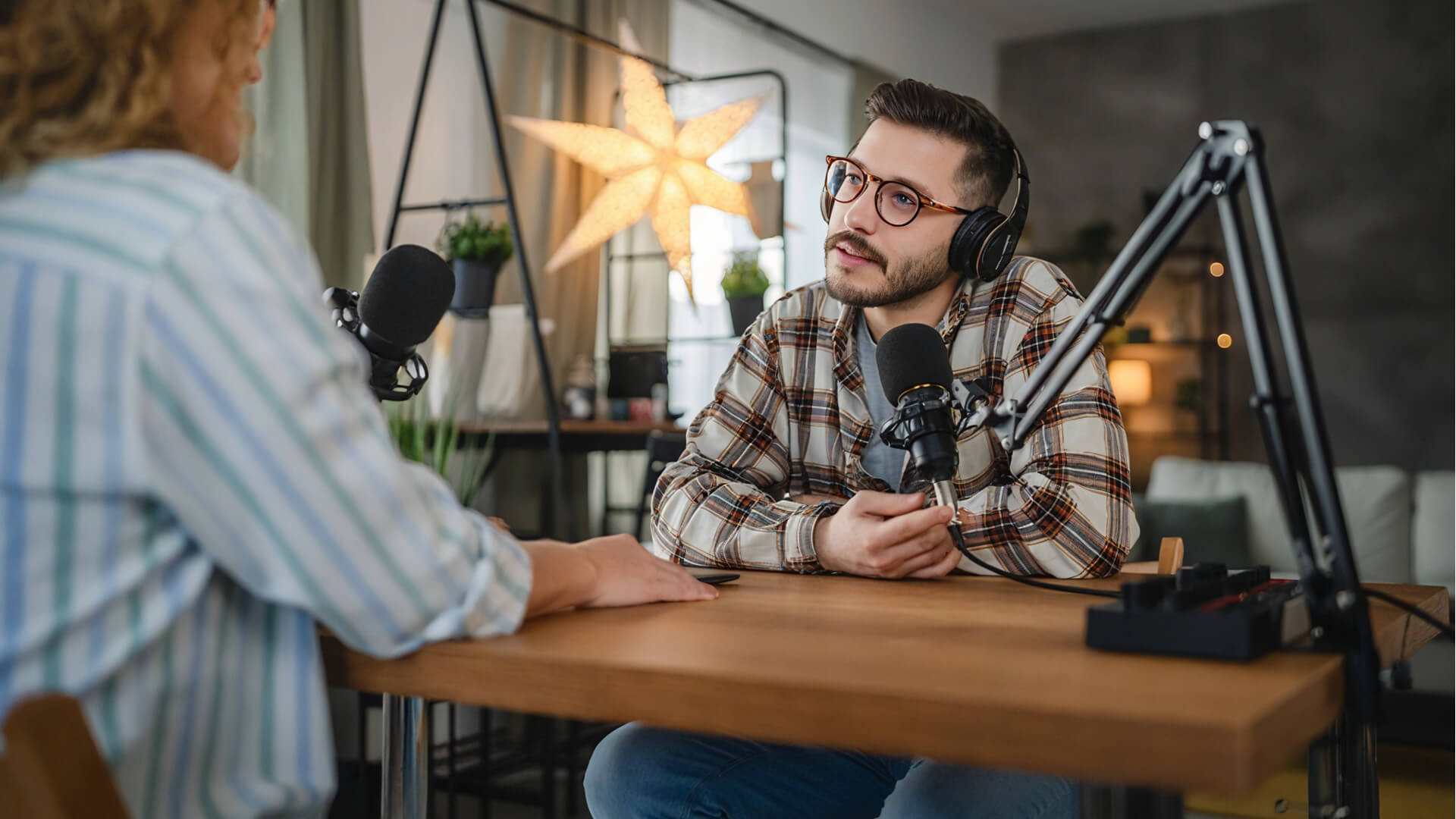
Most of the time, the environment you record in isn’t completely quiet. There might be traffic noise outside, a car horn, or even the sound of your clothes brushing as you move. These small distractions can easily sneak into your recording.
Wearing headphones—especially ones with noise isolation—helps you stay focused. You can catch unwanted sounds right away and keep your attention on delivering your message clearly.
3. Ensure Sound Quality
Prevent Echo
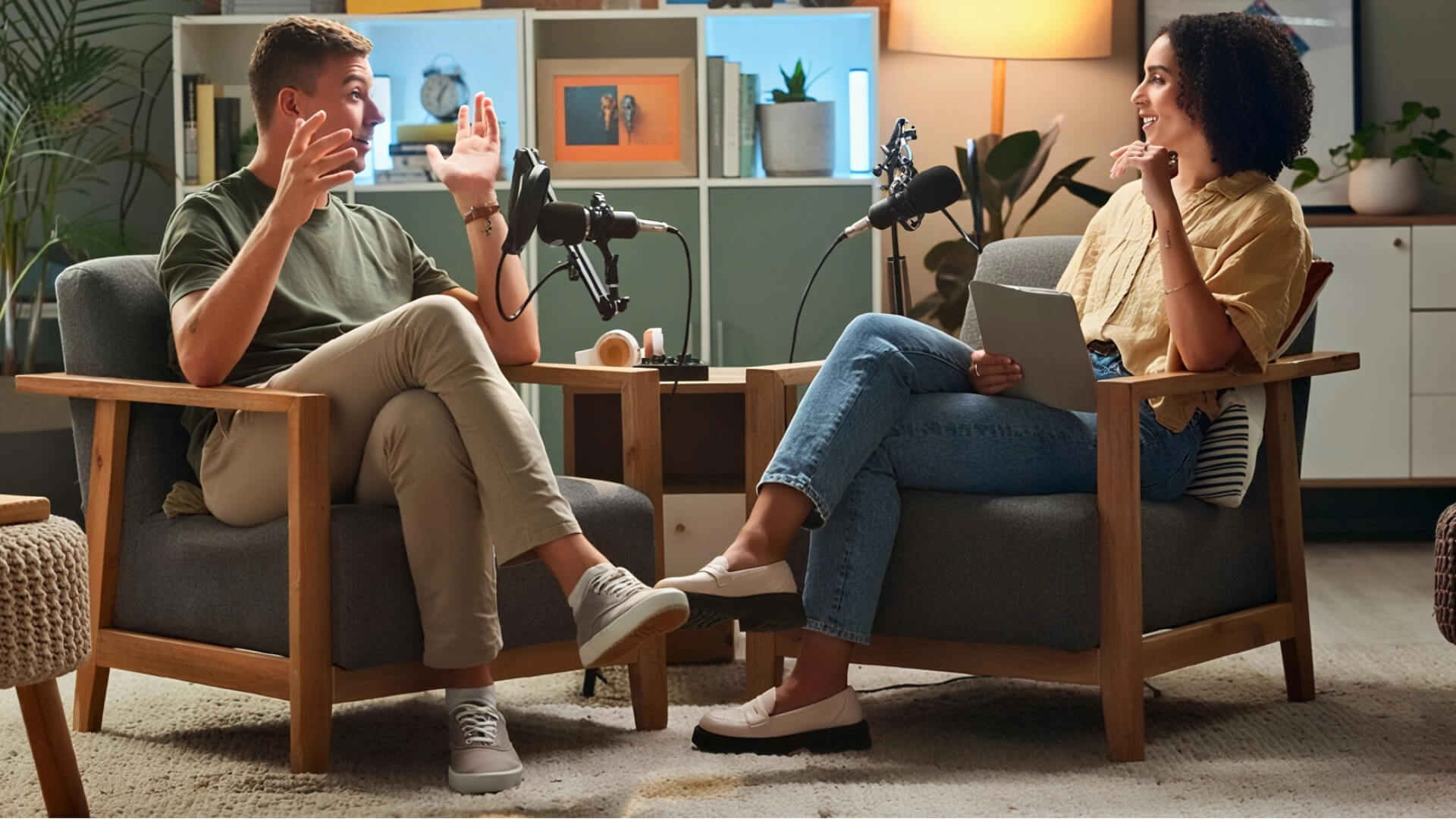
Have you ever heard an echo when a microphone picks up sound from the speakers? It can make a recording messy and distracting. Wearing headphones helps stop this problem. By keeping the audio from feeding back into the mic, you get a clean, clear recording.
Keep Audio Levels Consistent
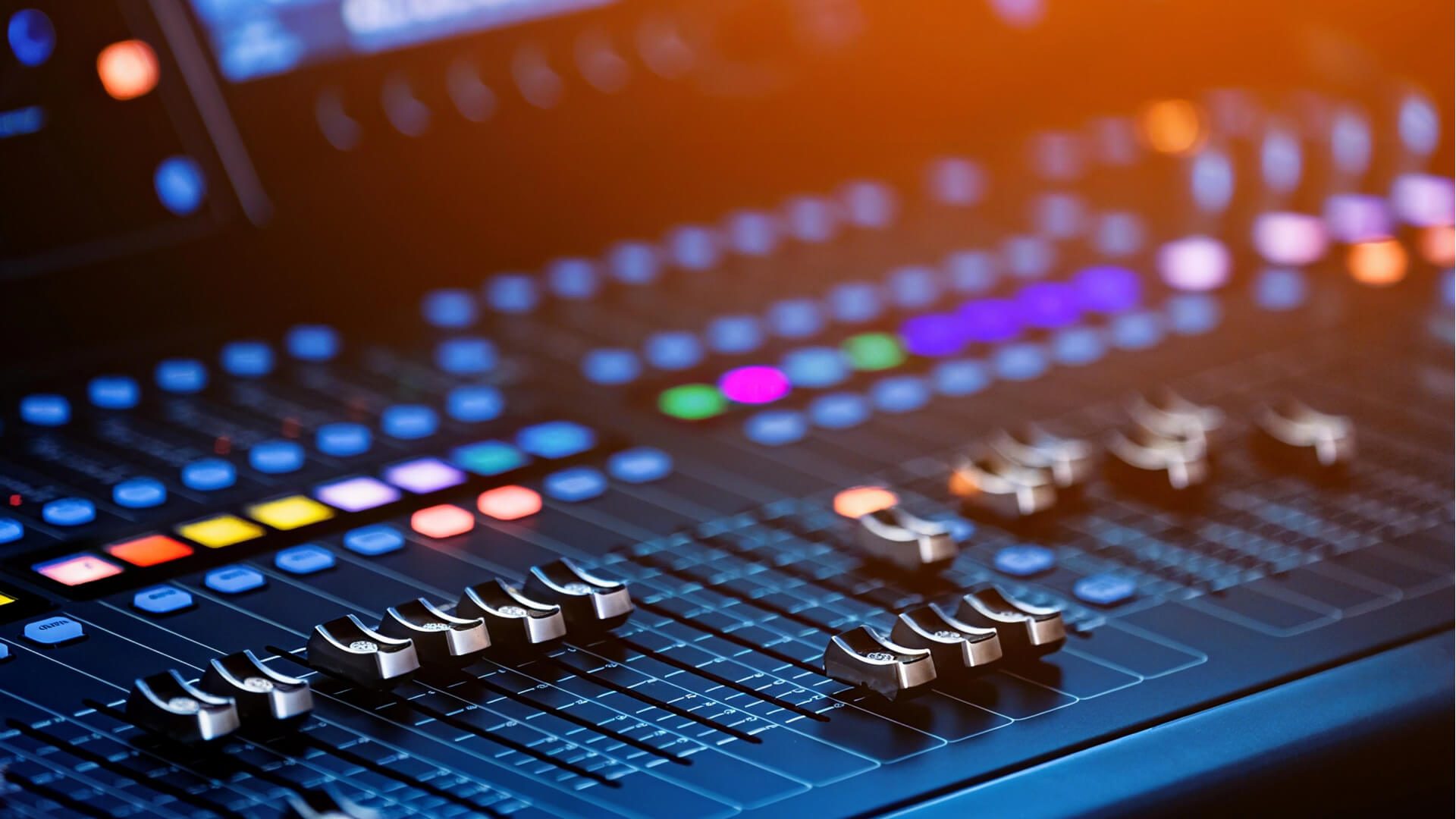
During a long recording, audio levels can change. A guest might lean away from the microphone, or their voice may get softer as they get tired. With headphones, you can notice these changes right away. You can remind your guest to adjust, or make corrections later in editing. Either way, headphones help you maintain consistent sound quality throughout the episode.
4. Make Editing Easier
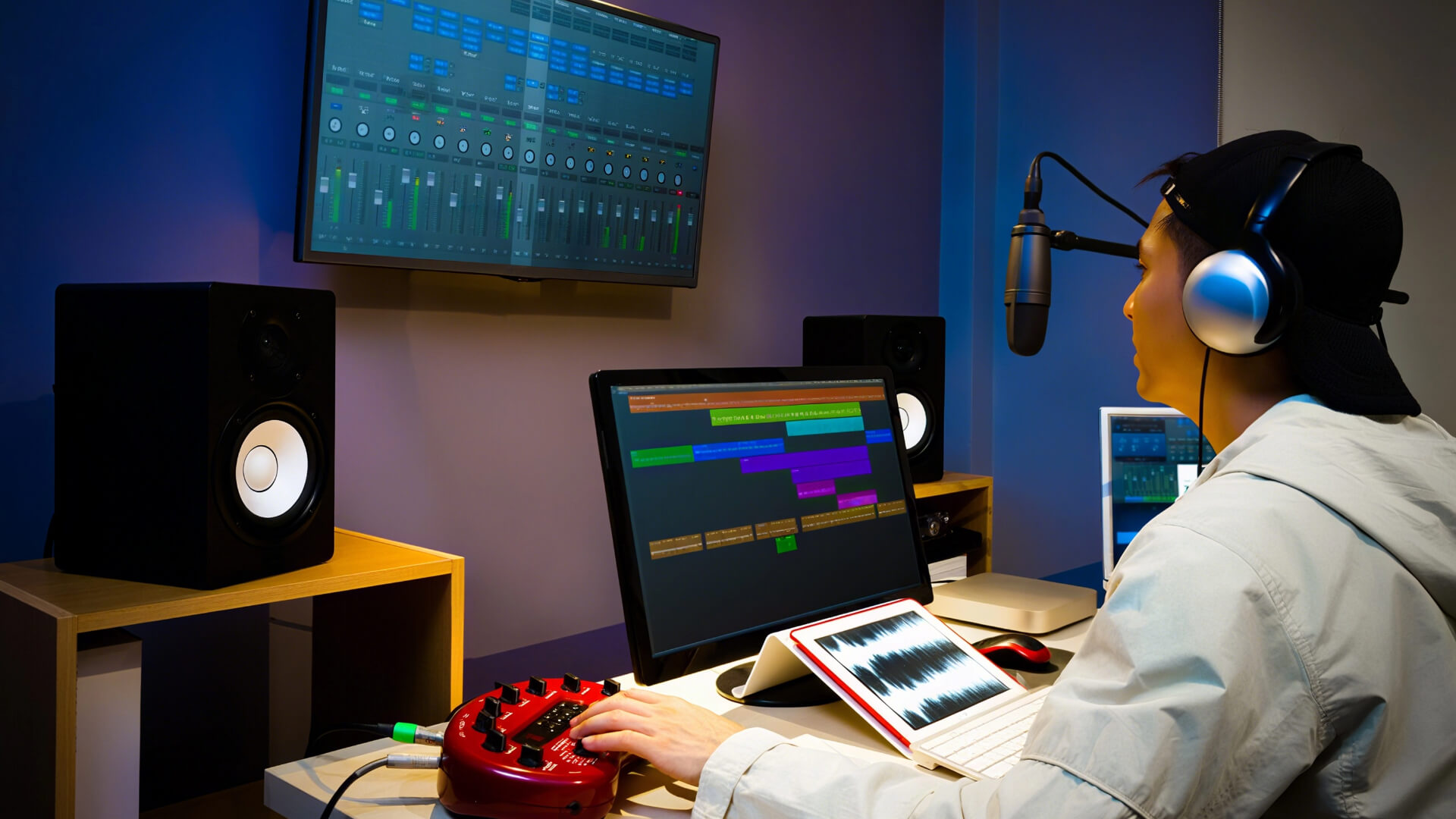
When it comes to post-production, headphones are far better than speakers. They allow you to catch background noise, distortion, or any issues in the final recording that might otherwise go unnoticed.
A simple example: the hum of an air conditioner might blend into the background when listening through regular speakers, but in headphones, it’s immediately noticeable. Professional editors always rely on high-quality headphones to catch these details and polish the final cut. That’s why companies like NPR and BBC require closed-back headphones in the studio—they reveal imperfections that speakers can hide.
5. Show Professionalism
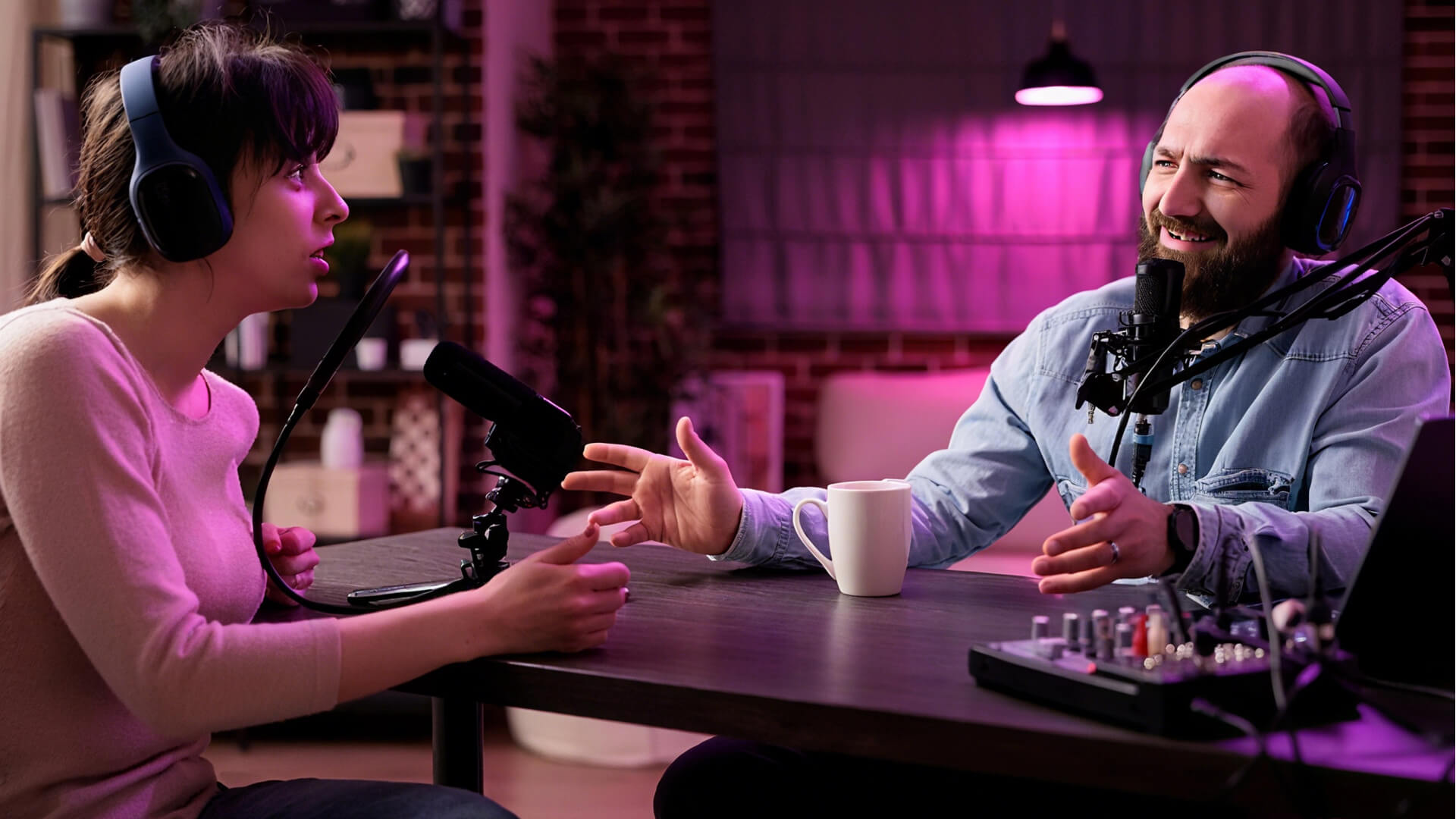
Wearing headphones doesn’t just improve the technical side of your podcast—it also sends a strong message about professionalism. When guests see you using headphones, they feel reassured that you take the recording process seriously. It shows that you care about sound quality and are committed to delivering the best experience for both them and your audience.
For listeners, this sense of professionalism builds trust. A report from FirstSiteGuide found that 51.1% of podcast fans prefer shows with professional-quality audio, showing just how important sound quality is to your audience. By using headphones, you can avoid common issues like distortion or background noise and demonstrate that you care about their listening experience. Over time, this attention to detail helps your podcast stand out from casual shows and positions it as reliable and worth subscribing to.
How to Get the Best Recording Results with Headphones
Choose the Right Impedance
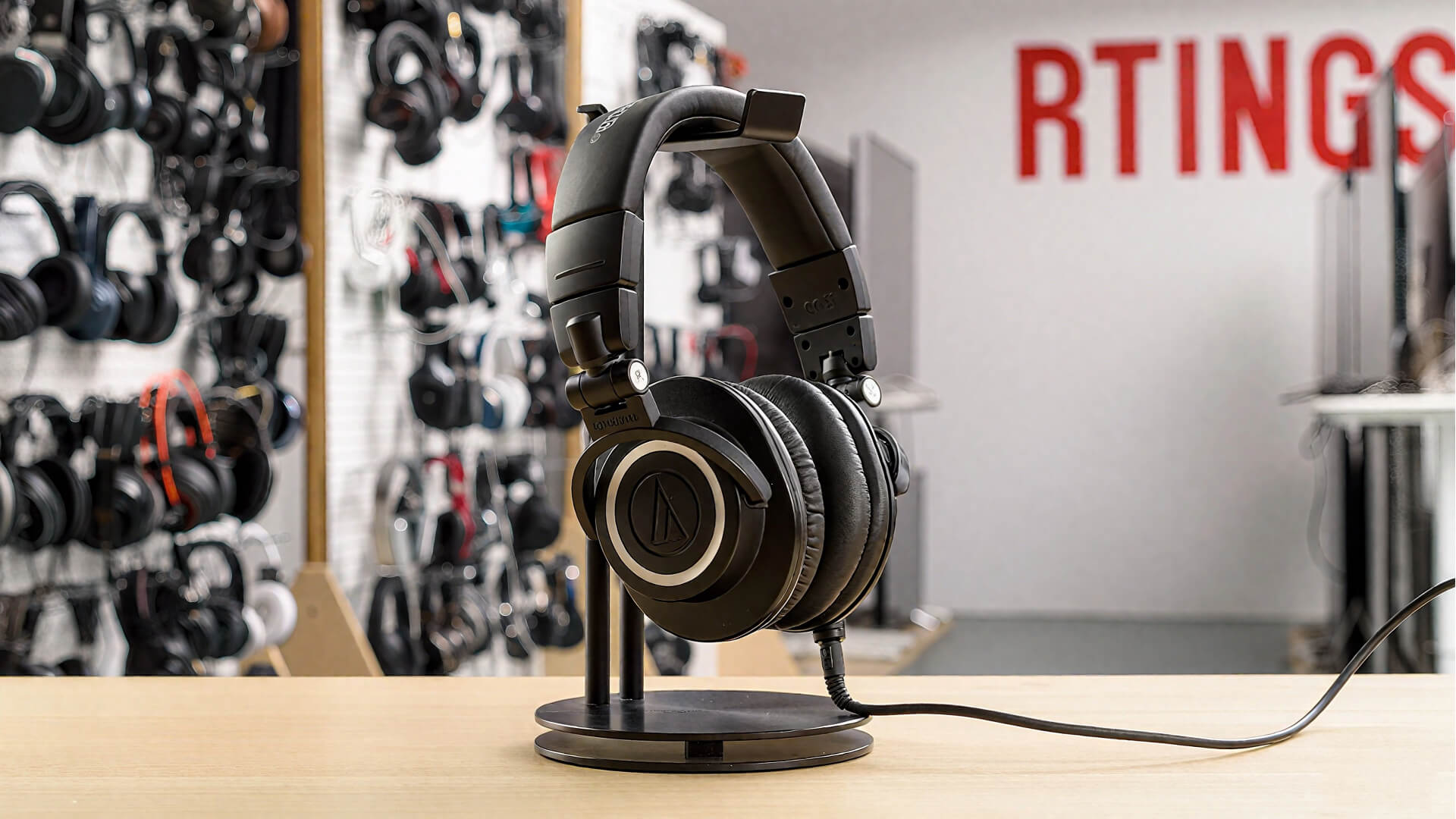
Not all headphones are the same. One important factor is impedance, which affects both sound quality and volume.
- If your audio interface or device has lower output power (like a laptop or portable recorder), go with low-impedance headphones (32–80 ohms). These are easier to drive and work great for most home podcasters.
- If you’re using professional studio equipment, you can choose high-impedance headphones (e.g., 250 ohms), which often deliver more accurate, detailed sound—perfect for editing.
For example, many podcasters start with the Audio-Technica ATH-M50x (38 ohms) for recording, while professional editors often prefer higher-impedance models from Beyerdynamic.
Use Different Headphones for Recording and Editing
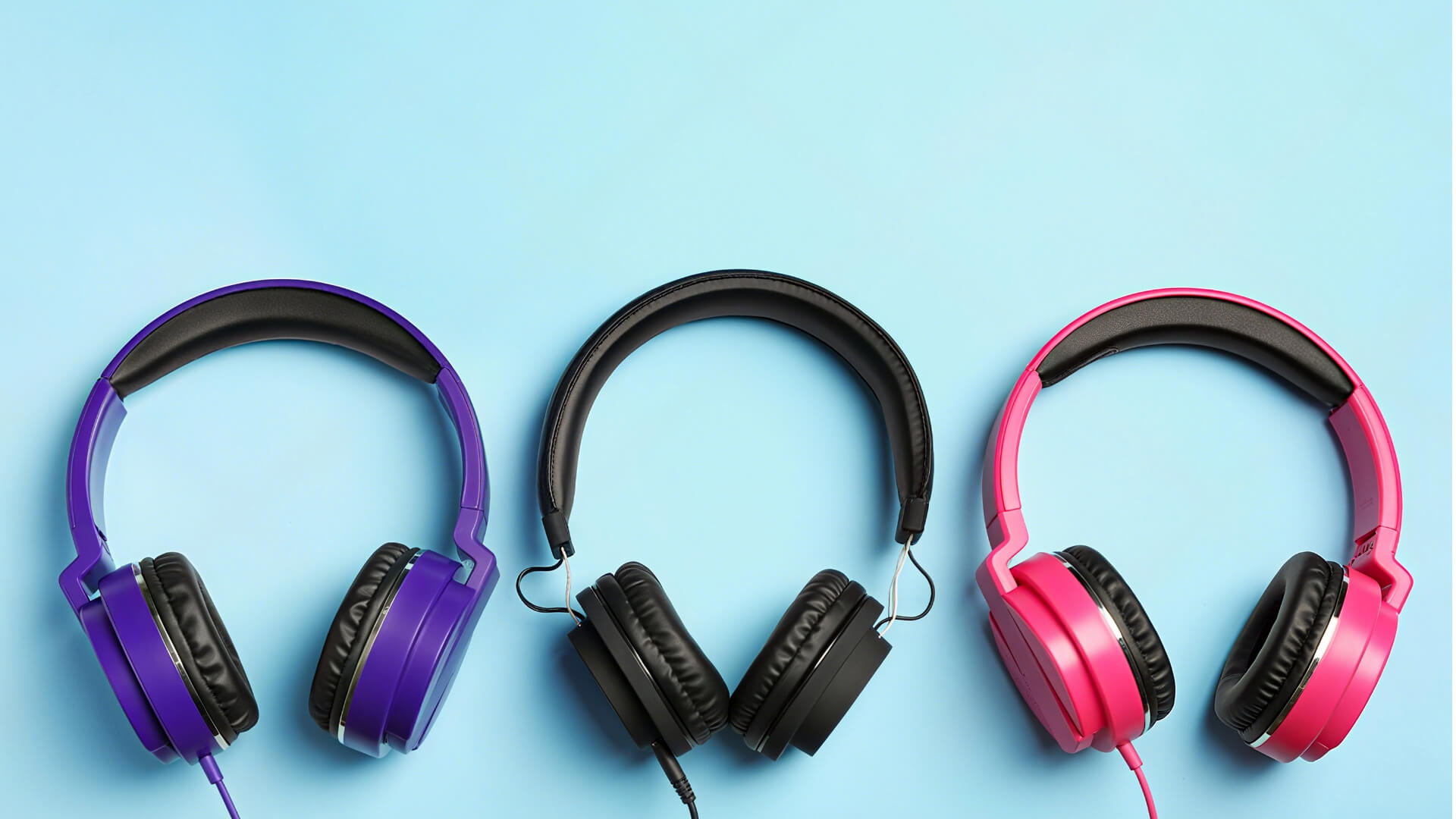
The headphones you use while recording don’t have to be the same ones you use for editing.
- Recording: Closed-back headphones are ideal. They prevent sound leakage and keep the mic clean. Plus, they’re comfortable for long sessions.
- Editing: Open-back headphones are better. They give you a natural, balanced sound that helps you catch small imperfections.
Think of it like cooking—you use one knife to chop vegetables and another for slicing meat. Both tools have their place.
Choose Headphones Based on Your Recording Setup
Your recording setup also matters.
- Solo recording: Closed-back headphones usually do the job.
- Group recording or remote interviews: Open-back headphones help balance multiple voices and audio sources more naturally.
For example, if you’re recording a panel discussion with three guests, open-back headphones make it easier to catch if one person’s mic is too loud compared to others.
Conclusion
That’s why wearing headphones is one of the best choices you can make when recording a podcast. They don’t just help you monitor your sound—they allow you to deliver clearer audio, stay focused, and project a more professional image. In short, headphones are a simple tool that can make a big difference in the overall quality of your show.
But what if you’re not ready to fully commit to podcast recording yet? Don’t worry—you still have options. Tools like AIPodify make it easy to get started. With just a few lines of text, you can generate podcast-ready audio that you can upload directly to major platforms. It’s a low-cost, low-effort way to start your podcasting journey and test your ideas before investing in recording equipment.
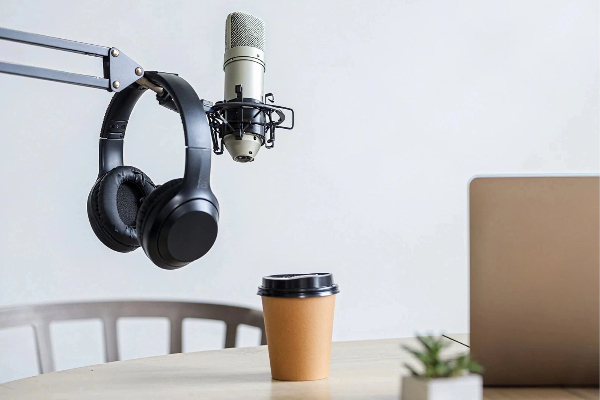
What Equipment Is Needed for a Podcast? A Complete Beginner’s Guid
Podcasting is accessible, but great ideas still need great sound to truly connect. The gear you choose directly shapes audio clarity, consistency, and how professional your show feels. Clear vocals, low noise, and stable levels keep listeners engaged—and the right tools make that achievable from day one.
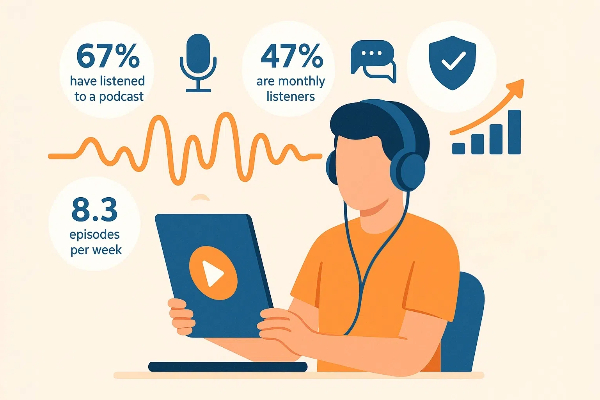
Why Every Brand Needs Podcast as a Marketing Tool in 2025?
Podcasting has rapidly evolved from a niche hobby into one of the most influential channels in digital marketing. According to Edison Research, 67% of the U.S. population aged 12 and older have ever listened to a podcast, and 47% are monthly listeners, with 34% tuning in weekly.